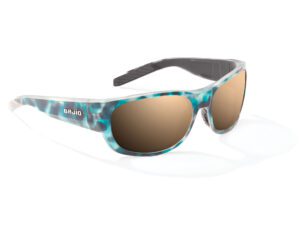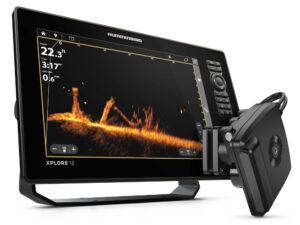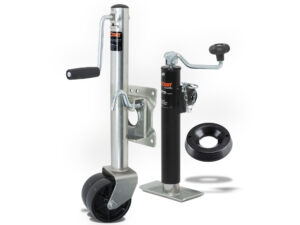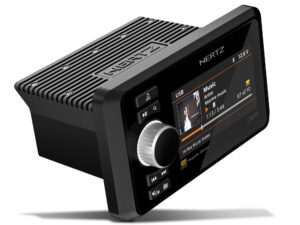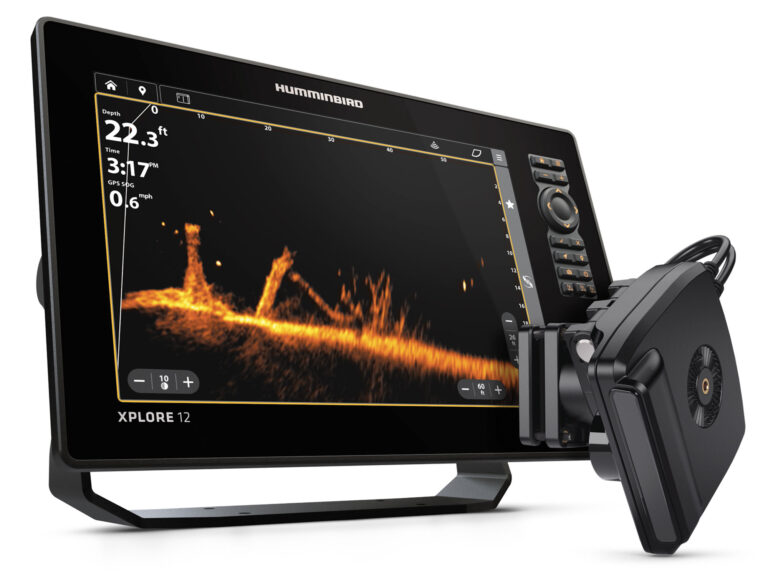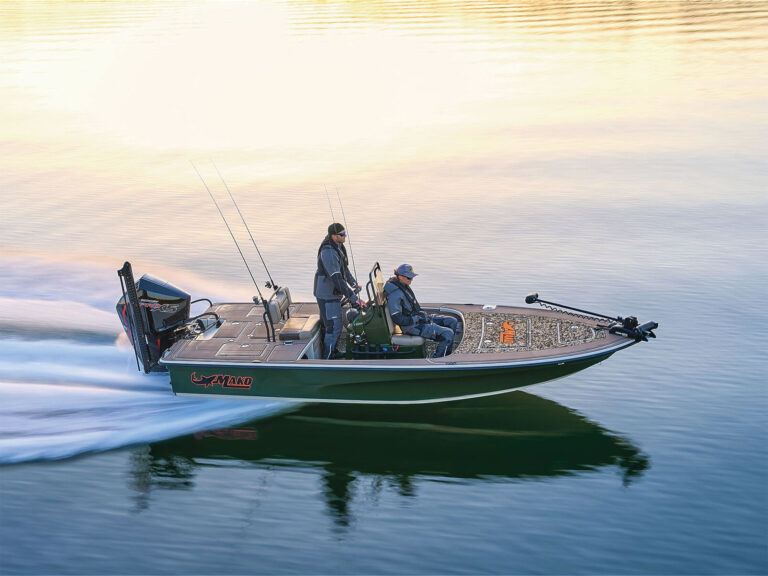To find out if figurative “green” products can keep your boat’s bottom from turning a more literal form of green, we applied three coatings to three boat bottoms and went cruising for a season. Additionally, we built a test panel and coated it to compare the products in head-to-head fashion.
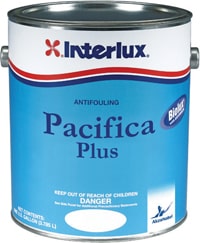
Interlux Pacifica Plus
Our Take: this ablative antifouling paint is copper-free: rather than heavy metals, it uses a chemical called Econea to fight shell growth, and another called Biolux to fight slime. Every time you use your boat, the paint’s ablative qualities wear away the surface layer and expose fresh biocide. It contains solvents and flowed nicely off my brush when I applied two coats. Can be over-coated in four hours at 70 degrees, and a boat painted with it can be launched six hours after that.
Hard Knock: Compared with the other two products, Pacifica Plus has the strong solvent odor long associated with antifouling paints.
Numbers: Covers 528 square feet per gallon; $170 to $210/gallon; jamestowndistributors.com
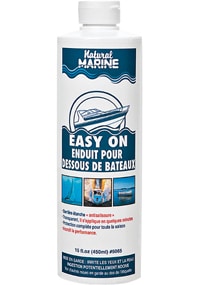
Easy On Bottom Coating
Our Take: This foul-release wax applies by just wiping on (no waxing off!) and allows easy cleaning of any shell or plant growth that takes a liking to the hull. It lets critters sit but doesn’t let them grip. It’s rated for season-long protection in fresh water and protection up to a week in salt water. We left it submerged for two weeks in the salt and it still came clean as a baby’s butt with just a hose and a few swipes of a scrub brush.
Hard Knock: Once applied, you can’t paint the boat without stripping it off using very caustic chemicals. That may affect your resale value or be a pain if your boating habits change from trailer-boating while occasionally using a slip to full-time wet storage.
Numbers: Covers 180 square feet per 15-ounce bottle; $60/bottle; westmarine.com
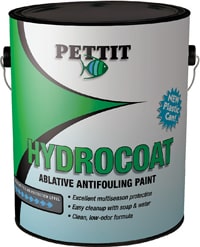
Pettit Hydrocoat
Our Take: A water-based paint, it uses no noxious solvents to carry the pigment and the copper (cuprous oxide) biocidal agent to the hull. That makes it less unpleasant to use, since there is virtually no odor. An ablative paint, it wears away as the boat is used, continually exposing a layer of fresh biocide. The plastic can doesn’t leave rust rings where you store it. At 70 degrees, Hydrocoat can be recoated in three hours — two coats are required — and launched in 16 hours.
Hard Knock: Water may be the “universal solvent,” but it can’t thin paint like xylene can. My brush and roller dragged, requiring more effort to apply.
Numbers: Covers 430 square feet per gallon; $105/gallon; defender.com
See details about our test at boatingmag.com/blogs/coating.

